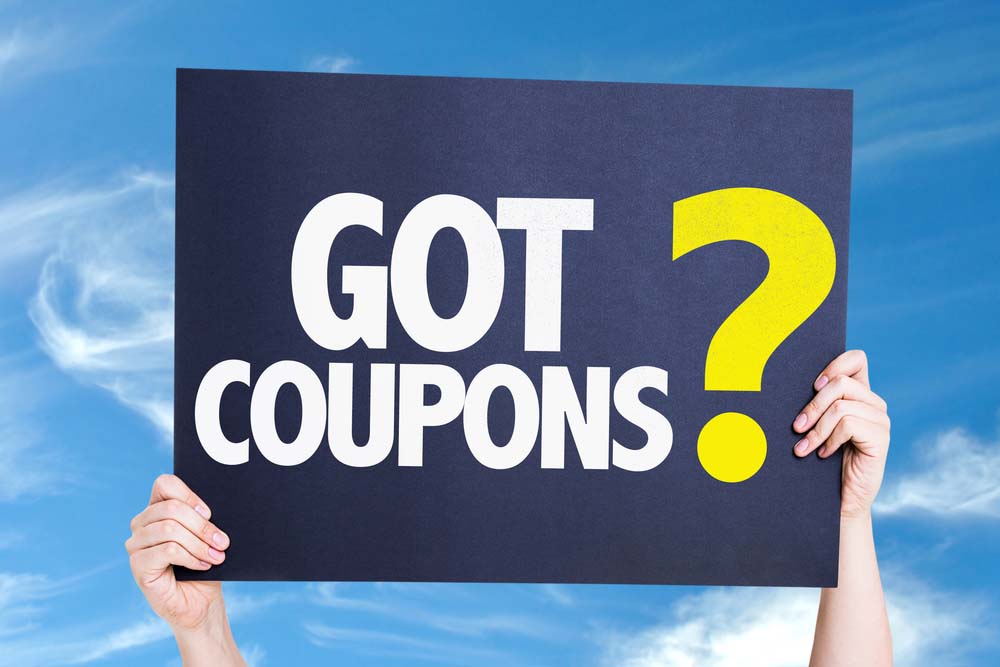
Everybody likes a deal.
You’ve likely heard that shoppers on Amazon aren’t as price-conscious as people buying from other online sources, and they’re not there to bargain á la eBay or, heaven forbid, craigslist. The reason they’re visiting Amazon, after all, is because they’re looking for something specific, and they want to buy it. I mean, when was the last time you were on Amazon to window-shop, right?
That said, Amazon shoppers are still alert to discounts on their purchases. You know you can run promotions on your offers, but maybe they’re a bit cumbersome, or they’re not catching people’s attention as much as you’d like.
Enter coupons.
Just like in a bricks-and-mortar grocery or department store, you can hand out coupons to buyers to entice them to choose your products from the competition’s. Coupons are redeemed at online checkout, just like the paper equivalent.
Well this is all well and good, you say, but don’t promotions do the same thing? While there are similarities, there are distinct differences:
- You have to set a budget for the coupon deal. Furthermore, Amazon charges a fee per coupon, which comes out of your total budget for the coupon. So, your budget may run out before all coupons are redeemed. A promotion actively reduces the price of your offer.
- Promotions have to be applied during that shopping session. However, a customer can “clip” a coupon, save it, then redeem it later. If the customer doesn’t redeem it, you’re just out the charge fot the coupon itself.
- If you have variations, you can add the variation parent to the coupon, and it’ll include them all.
- Unlike promotions, coupons are always exclusive to the product (and its variations) on the coupon, and very straightforward to set up.
- As in promotions, you must decide whether to limit the coupons to just one per customer or allow the same buyer to use multiple coupons. While you can set a promotion to do the same, coupons really simplify and streamline this.
- Coupons are not cumulative, so even if the same shopper redeems multiple coupons, each coupon applies to just one item, you can’t stack the discounts on a single offering.
- Coupons are much simpler than promotions, in that you just offer either a fixed dollar amount, or a percentage off. Sometimes you just want a quick boost, or to experiment.
Speaking of that last, the number of coupons clipped and redeemed can be useful to gauge how attractive your offer is, and boost customer interest. The more clicks your offer gets, the more relevant it is to Amazon’s search engine! You can even see which orders have discounts applied in the FeedbackWhiz Order Manager, by filtering on those orders only.
Coupons are new enough to Amazon that even the help pages aren’t very filled out, and there’s not much in the way of user forum content, either. So you’ll want to experiment, but it’s easy to learn.
Conclusion:
Coupons are a a useful addition to your selling arsenal, and a quick and easy way to potentially deliver a sales boost, which can kickstart a virtuous cycle of better ranking, better sales, and so on. And they’re dead simple to learn, so see what you can find out. You might be pleasantly surprised.

0 Comments